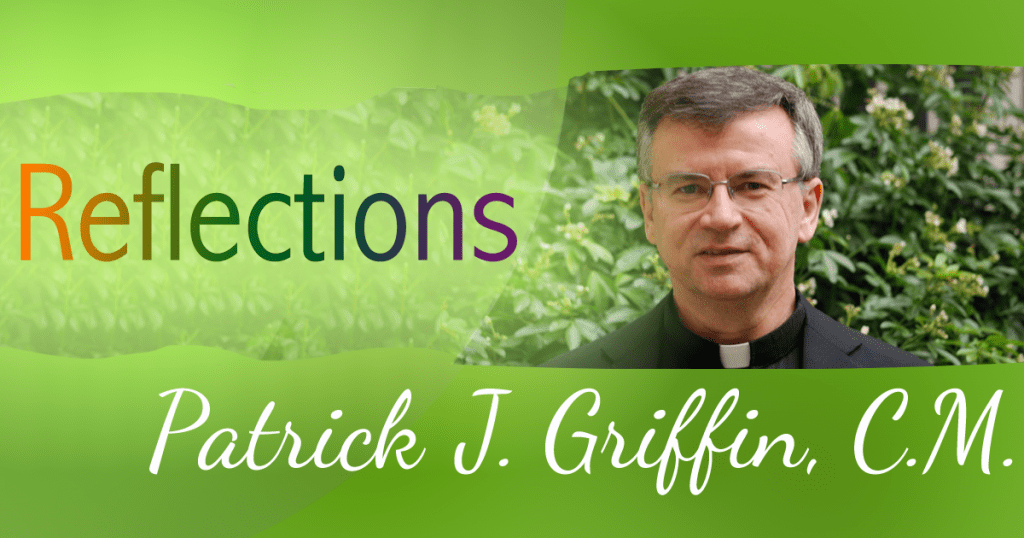
Vincentian View: “Three Things which you didn’t know about Easter”
We are halfway through the Easter season, and it is a good time for a short test.
1. Did you know that Easter is the pivotal celebration of the Christian calendar?
Though Christmas might seem to hold sway in the popular mind as the center point, actually Easter claims that place. An observant visitor to St. Thomas More Church can notice some of the obvious emphases. I will highlight two. First and foremost is the Easter Candle. It stands right next to the ambo from which the Word of God is proclaimed. It symbolizes Christ as the light of the world. He drives away the darkness of sin and death and now stands in our midst. The color white, evidenced by the liturgical vestments and by the lilies which decorate the Church, symbolizes life, joy and victory. All are characteristics of the resurrection.
2. Did you know that “Easter day” is not a single day but a week?
This second fact flows from the first. Easter is so central to Christian faith that one day is not enough to capture its value and meaning. It holds center stage for a week—from Easter Sunday until the following Saturday. During this time, each daily mass holds the rank of a solemnity which Catholics value as the most important of liturgical feasts. The Gospel readings of each day emerge from the accounts of the Resurrection of the Lord and the Gloria is sung. For those who pray the daily prayer of the Church (called the Liturgy of the Hours), each day uses the prayers and Psalms of Easter Sunday. Alleluia—“praise the Lord” in Hebrew—becomes the word repeated in much liturgy and prayer.
3. Did you know that the Easter Season ends with Pentecost?
The Easter Season lasts 50 days. Judaism also celebrates a Pentecost which occurs 50 days after Passover. One tradition (Exod 19:1) teaches that it took the Hebrew people, who had just escaped slavery in Egypt, fifty days to make the journey from the deliverance at the Red Sea to Mount Sinai. Once arrived at Sinai, Moses is given the gift of the Law which will then (and now) guide the living of the Jewish people. For the Christian community after the resurrection of Jesus, the fifty days will end with the gift of the Holy Spirit which Jesus had promised. This Spirit, like the Law, gives guidance and direction and inspiration to the Church. One can see how the Jewish celebration provides background and foundation for understanding the Christian solemnity.
A popular quotation attributed to St. Augustine, and oftentimes repeated in this season, announces that: “We are an Easter people, and Alleluia is our song!” This attitude flows deep within this time of the year and defines the Christian community.
(This essay was prepared for the student newspaper, THE TORCH at St. John’s University, NY.)







0 Comments